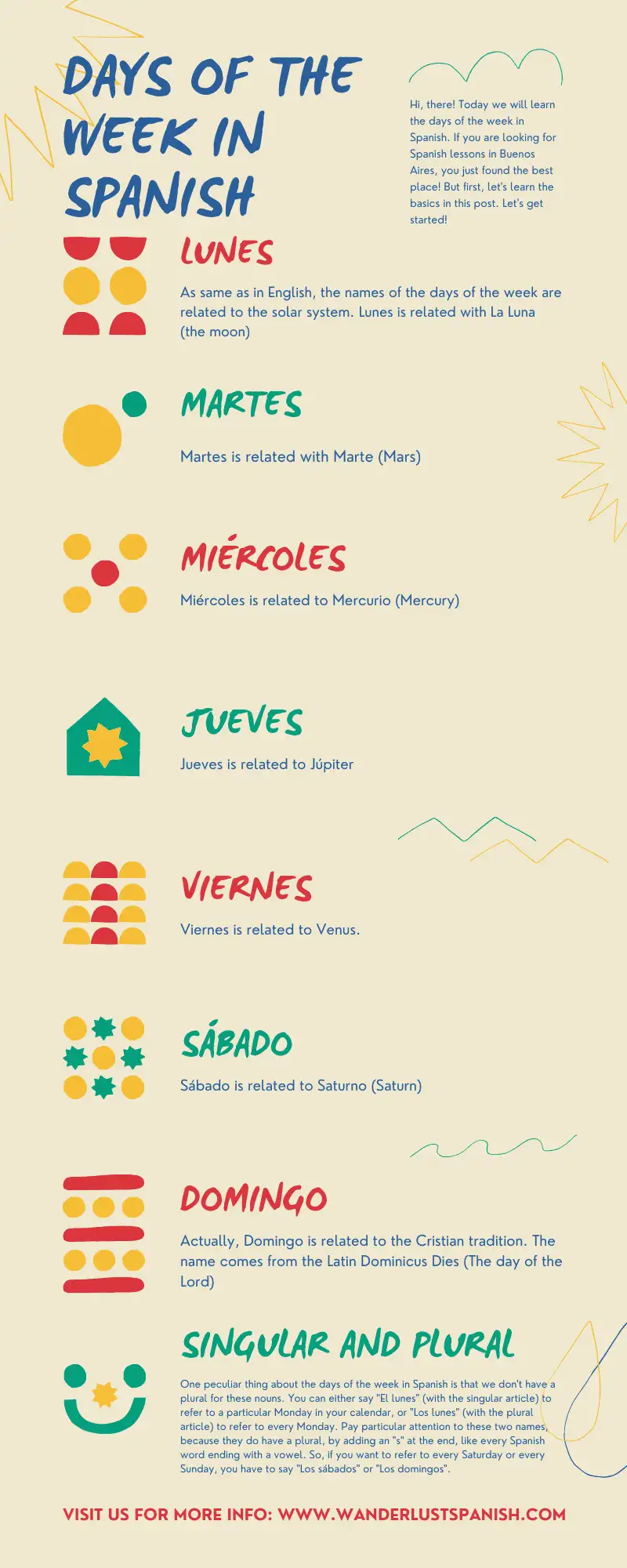Hello, Spanish students! We are glad you are here! Are you looking to knowing more about Inclusive gender-neutral Spanish? This is the place! Wanderlust Spanish want to share with you´all our Latin American culture and our Spanish
What does inclusive gender-neutral mean?
Contents
As you know, Spanish is a language with two genders. Neutral gender as such does not exist. Spanish has two grammatical genders, masculine and feminine. Like other Romance languages, it’s very difficult to talk about a person in a gender-neutral way. This is because every adjective, noun, and article are all either masculine or feminine. It’s difficult or even impossible to be completely gender-neutral in standard Spanish. However, feminists, LGBT people, and other activists today have made ideas for how to speak Spanish in a gender-neutral way.. For example, it’s now common for people to write “Latinx,” “Latine” or “Latin@” as a gender-inclusive version of “Latino” and “Latina”
The most radical way to use Gender Neutral in Spanish is to stop using the traditional endings entirely (-o, -os, -a and -as), and instead replace them with -e for singular and -es for plural. So, for example, you could say:
les amigues instead of los amigos
les chiques instead of los chicos
Argentine slang
Inclusive gender-neutral Spanish
We also use the letter X to represent the absence of either O or A. It’s one of the most commonly used, and is intuitive in writing, but can’t be pronounced in Spanish. For example: amigx, lxs amigxs, bebx.
The Real Academia Española (RAE), who set the guidelines for correct Spanish usage, are firmly against the modifications to the language, having publicly denounced the alternative ‘x’ ending. However so many people use this way to talk and write, especially in Argentina and Spain.
If you want to know more about the real Spanish, contact Wanderlust Spanish and start to learn with native speakers from every country in Latin America.









